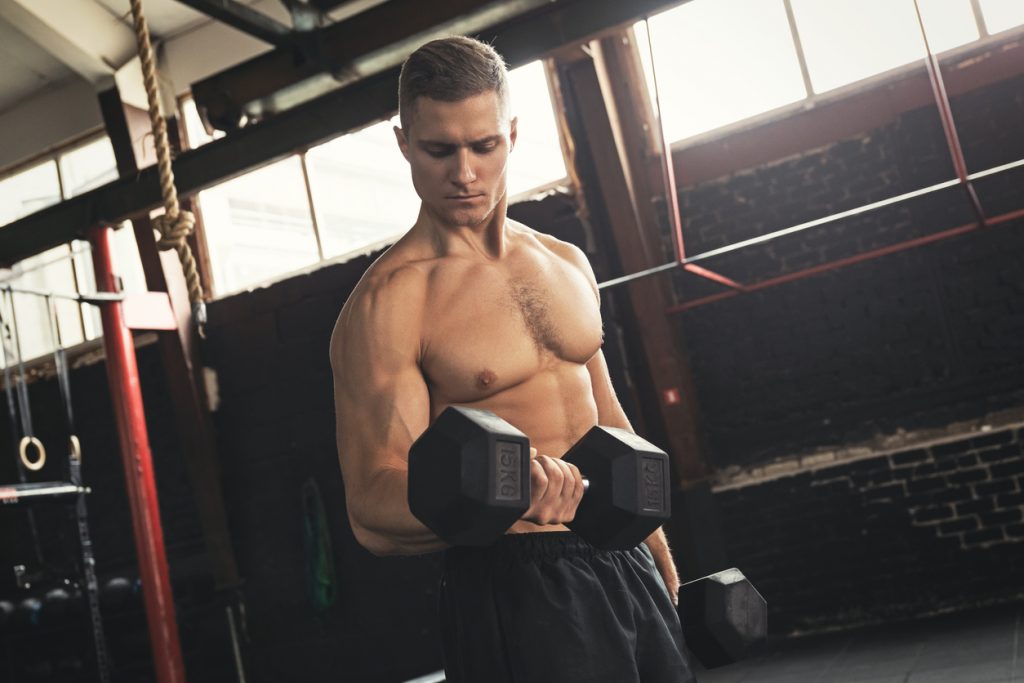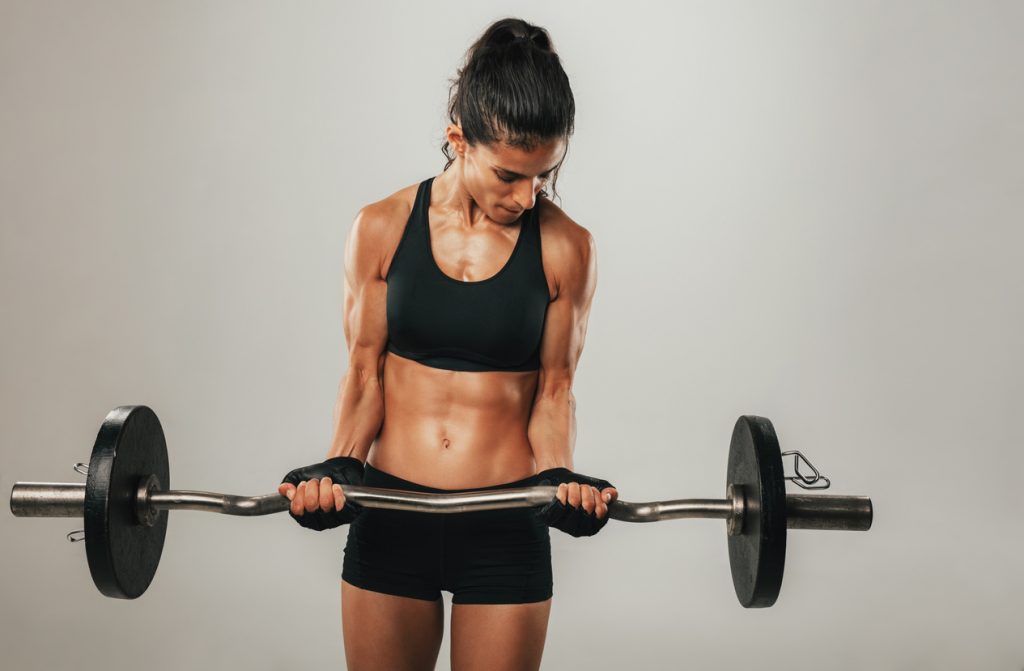The muscle contraction is the result of the coordinated contraction of each of the cells of the muscle concerned. In our movements and gestures, we perform a muscle contraction involuntarily. And in the field of sport in general, and bodybuilding in particular, muscle contraction generates muscle development. There are several types of muscular contractions, but those most commonly used in bodybuilding are concentric and eccentric contractions.
What is a concentric contraction?
The concentric contraction is also called the positive phase in the field of bodybuilding. A concentric contraction is when you feel your muscles contract during an exercise. For example, a concentric contraction can be felt when lifting a barbell or dumbbell. The concentric contraction occurs when the muscle performs a movement related to its shortening. During this period, its length decreases, but at the same time, it works hard and generates a certain amount of force. The concentric contraction is recognised as the moment when the targeted muscle will come into action to perform a movement. In the world of bodybuilding, this is generally referred to as the rise, push or pull.
Benefits and disadvantages
The principle of the concentric contraction is to contract the muscle by bringing the insertion points closer together, causing it to shorten. This muscle building technique provides several advantages for the athlete. When six repetitions of concentric movements are performed, the nervous system benefits, by favouring the conduction of the nervous message. After ten repetitions, the muscle volume starts to increase. The more exercises the athlete performs with a concentric technique, the more muscle he gains. After about fifteen repetitions of concentric contraction, the athlete improves his endurance and tone. The concentric method is therefore the most suitable for achieving voluntary muscle activation.
During a concentric contraction exercise, recovery is particularly short. After a training session, the athlete can feel terrible aches and pains, or even a drop in performance.
Which exercises to choose?
An example of a concentric contraction is the flexion of the forearm on the arm during a curl bar exercise. In weight training, this exercise is used to develop the biceps muscles. Through the contraction of the biceps and anterior brachialis, the arm will bend through the contraction of the muscle and its narrowing. Contrast methods are also very practical when you want to do concentric work. It consists in alternating in the same session heavy series and light loads. With this method, the muscles work a lot, favouring very quickly the development of the muscles and the fibres and connective tissue.



